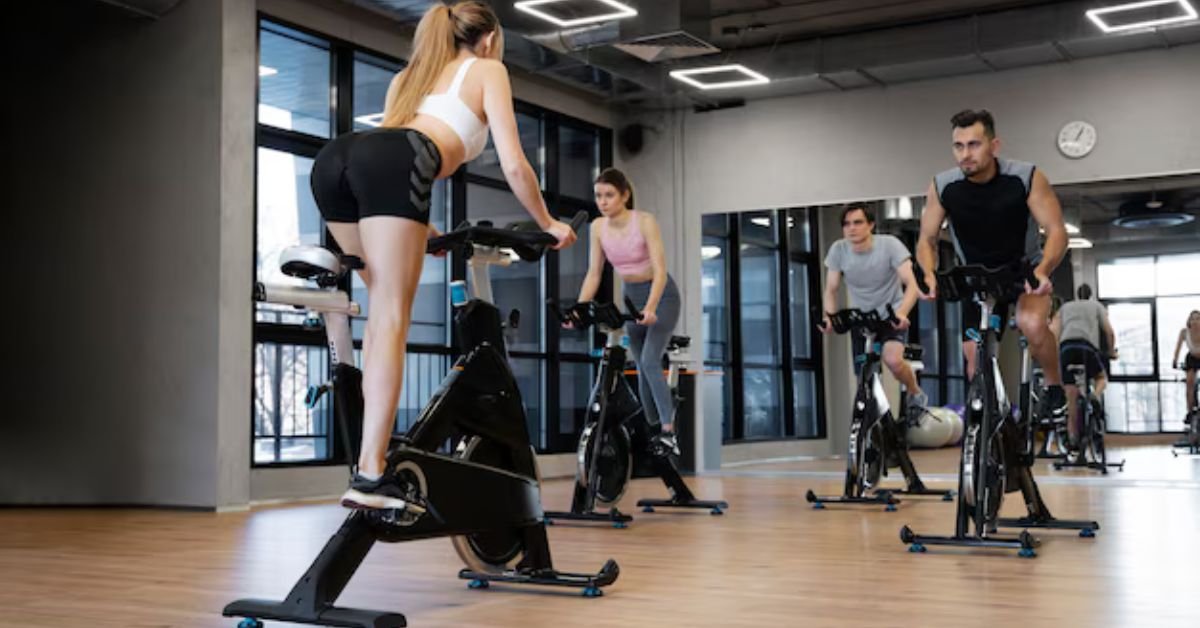Using a pillow for physical comfort can be a legitimate and healthy practice when approached thoughtfully and respectfully. It’s important to approach this topic with sensitivity, as personal comfort and sexual health are deeply personal matters. This guide provides an in-depth exploration of using a pillow for physical comfort, covering the psychological, emotional, and practical aspects.
Understanding the Purpose of Using a Pillow for Comfort
**1. Physical Comfort and Stress Relief
Using a pillow for physical comfort can help relieve stress and provide a sense of relaxation. This practice can be soothing and help individuals explore their own bodies in a non-invasive way.
- Stress Reduction: Engaging in physical comfort activities can release endorphins, which are natural stress relievers.
- Relaxation: It can promote relaxation and aid in winding down after a long day.
**2. Personal Exploration
Exploring physical comfort with a pillow can be a form of self-discovery and personal exploration. It allows individuals to understand their bodies better in a private and controlled manner.
- Self-Knowledge: Helps individuals learn about their own physical responses and preferences.
- Privacy: Provides a private way to explore one’s own body and desires.
Selecting the Right Pillow
**1. Choosing the Pillow Type
Selecting the right type of pillow is crucial for comfort and effectiveness. Different types of pillows offer varying levels of support and softness.
- Softness and Firmness: Choose a pillow with a firmness level that suits your comfort preferences. Soft pillows offer cushioning, while firmer pillows provide more support.
- Shape and Size: Consider the shape and size of the pillow. A larger pillow may provide more coverage, while a smaller one may be more manageable.
**2. Material Considerations
The material of the pillow affects its texture and overall comfort.
- Fabric: Opt for a fabric that feels comfortable against the skin, such as cotton or plush materials.
- Fillings: Pillows can be filled with various materials like memory foam, down feathers, or synthetic fibers. Choose one that suits your comfort needs.
Creating a Comfortable Environment
**1. Setting the Scene
Creating a comfortable environment is essential for a positive experience. This includes choosing the right location and ensuring privacy.
- Location: Find a private and quiet space where you feel relaxed and at ease.
- Ambiance: Set the mood with soft lighting, soothing music, or other elements that enhance relaxation.
**2. Preparing the Pillow
Make sure the pillow is clean and positioned correctly before use.
- Cleanliness: Ensure the pillow is clean and free from any potential allergens or irritants.
- Positioning: Arrange the pillow in a way that aligns with your body and provides the desired level of comfort.
Techniques for Using the Pillow
**1. Finding a Comfortable Position
Experiment with different positions to find what feels most comfortable. The right position can enhance the overall experience.
- Body Alignment: Position the pillow to align with your body’s natural curves. This can enhance comfort and relaxation.
- Trial and Error: Try different positions and adjustments until you find what works best for you.
**2. Engaging in Slow Movements
Engage in slow and deliberate movements to explore how the pillow interacts with your body.
- Gentle Movements: Start with gentle movements to gauge how your body responds.
- Adjustments: Make adjustments as needed to increase comfort and effectiveness.
Addressing Emotional and Psychological Aspects
**1. Emotional Comfort
Understanding and addressing the emotional aspects of using a pillow for physical comfort is important for a positive experience.
- Self-Acceptance: Embrace and accept your desires and needs without judgment.
- Emotional Connection: Ensure that the practice is emotionally fulfilling and aligns with your personal values and comfort.
**2. Mental Well-being
Engaging in physical comfort practices should be done with an awareness of mental well-being.
- Mental Health: Ensure that the practice does not interfere with your mental health or daily functioning.
- Balance: Maintain a healthy balance between physical comfort and other aspects of life.
Safety Considerations
**1. Avoiding Physical Discomfort
It is important to be mindful of any physical discomfort that may arise and to address it promptly.
- Avoid Overuse: Do not overuse the pillow or engage in practices that cause physical discomfort.
- Listen to Your Body: Pay attention to your body’s signals and stop if you experience any pain or discomfort.
**2. Maintaining Hygiene
Hygiene is crucial for maintaining a clean and safe environment.
- Regular Cleaning: Clean the pillow regularly to prevent the buildup of bacteria or allergens.
- Personal Hygiene: Practice good personal hygiene to ensure a comfortable and safe experience.
Exploring Alternatives
**1. Alternative Comfort Methods
If using a pillow does not meet your needs, explore other methods of physical comfort and relaxation.
- Other Tools: Consider using other tools or objects that might provide a different type of comfort.
- Relaxation Techniques: Explore relaxation techniques such as meditation, deep breathing, or massage.
**2. Seeking Professional Guidance
If you have concerns or questions about physical comfort practices, consider seeking guidance from a healthcare professional or therapist.
- Professional Advice: Consult a professional to address any concerns or to receive personalized advice.
- Therapeutic Support: Explore therapeutic options if you need support with physical or emotional well-being.
Conclusion
Using a pillow for physical comfort can be a healthy and personal practice when approached with care and consideration. By selecting the right pillow, creating a comfortable environment, and using gentle techniques, you can enhance your experience while ensuring your well-being. Understanding the emotional and psychological aspects, maintaining hygiene, and exploring alternatives will help you achieve a balanced and fulfilling practice. Embrace this practice with confidence, knowing that it is a legitimate way to explore and enhance your own comfort and relaxation.











